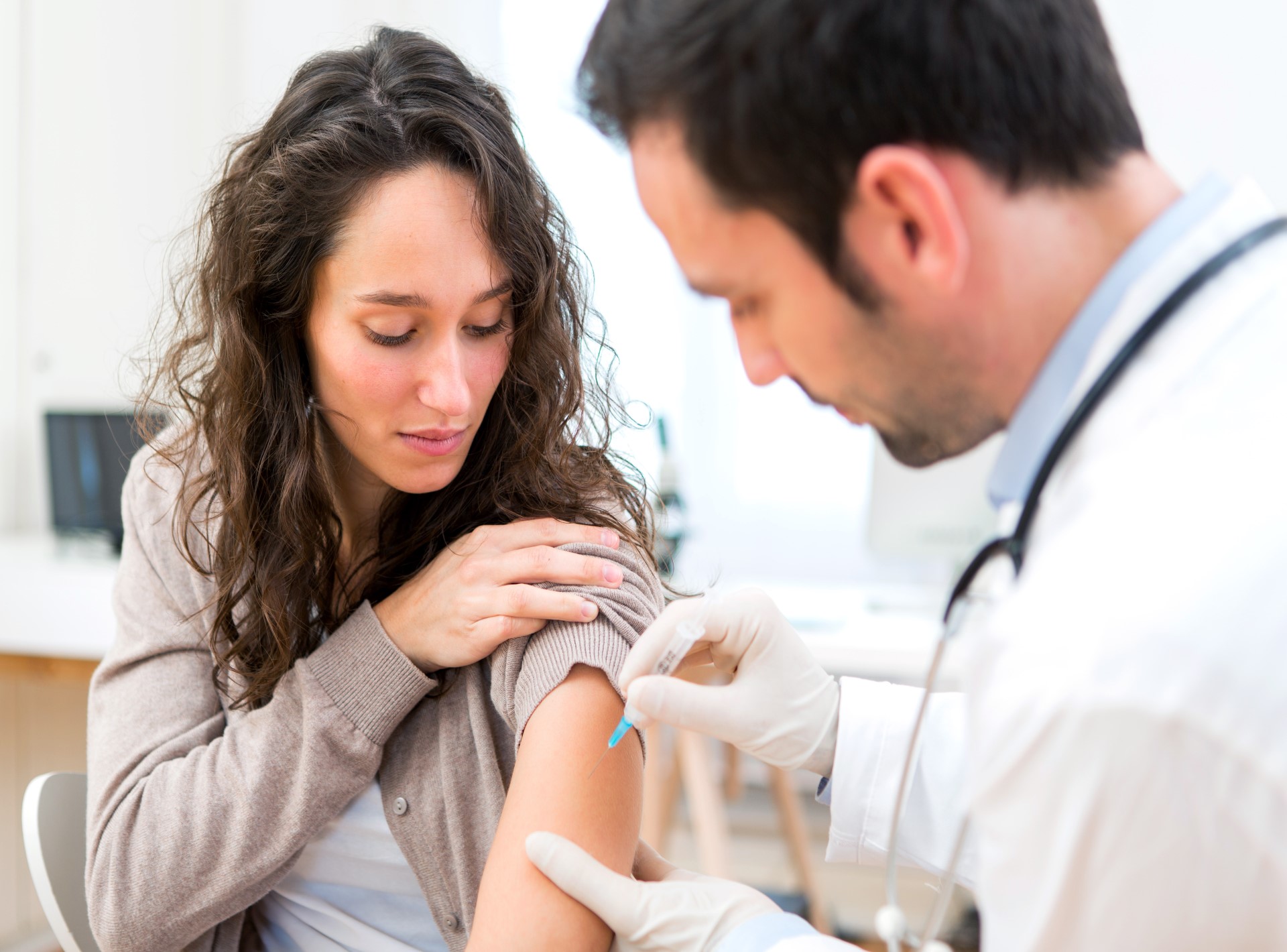
A new Grattan Institute report has revealed that while only 40% of the older patients of some GPs are vaccinated for flu, for other GPs, sometimes just one suburb away, the rate was about 90%.
For shingles, the gap was even bigger — from 22% up to 85%.
For COVID, the bottom 5% of GPs – about 1,600 GPs – had only 16% of their patients aged 65 and older up to date with their vaccinations, or less than one third of the average GP COVID vaccination rate reported across Australia, which was 51%.
Grattan Institute Health Program Director and lead author Peter Breadon said the report found that even within neighbourhoods, GP patient vaccination rates varied enormously.
“GPs with low patient vaccination rates aren’t necessarily to blame, because many of the barriers to vaccination are beyond their control — they typically have more patients who are disadvantaged and struggle with English, but they get less funding because they charge their patients lower fees,” he said.
“The government needs to level the playing field, giving much more support to GPs whose patients face higher barriers to vaccination – Australia urgently needs to lift its vaccination game.
“Our analysis found that people with lower levels of education, or who live in more disadvantaged areas, are much less likely to be vaccinated. People living in outer regional and remote areas are also less likely to be vaccinated.
“This is despite people from disadvantaged areas suffering greater rates of chronic disease and being more than twice as likely to die from potentially preventable causes. Groups who need healthcare more having a greater risk of missing out is a systemic problem that goes well beyond vaccination.”
The Australian Technical Advisory Group on Immunisation recommends Australian adults at high risk of serious illness get an annual flu shot, receive a COVID vaccine every six months, and after turning 65 and 70, get a shingles and pneumococcal vaccine, respectively.
Mr Breadon told media that only four in 10 aged care residents in WA were up to date with their COVID vaccinations. To put that in context, the rate in the UK was more than double that, about nine in 10.
He said that in eight aged care homes in WA, only one in 10 residents have been vaccinated for COVID in the past year, and in 14 facilities only one in 10 residents have been vaccinated for flu.
| State | Area | Vaccine | Lowest Quintile | Highest Quintile |
| WA | Stirling | Flu | 57% | 84% |
| WA | Stirling | COVID | 25% |
64% |
| WA | Stirling | Shingles | 41% | 74% |
| WA | Stirling | Pneumococcal | 19% | 63% |
The report called for a three-pronged national strategy to help GPs do better:
- The Federal Government should overhaul the way general practice is funded, to provide more money to GPs in poorer areas with more disadvantaged patients. This would enable those GPs to spend more time with patients to explain and promote vaccination.
- The 31 Primary Health Networks around Australia should give GPs better data, so GPs can easily see how their vaccination rates compare to other clinics in their area that have similar patients.
- Primary Health Networks should give GPs with low vaccination rates the extra help they need. That might include new nursing staff to vaccinate patients, extra training, running vaccination drives in GP clinics, or helping patients book a jab at their pharmacy.
“Our report shows that the system is failing to give every Australian good access to potentially life-saving preventive healthcare,” Mr Breadon said.
“There may be good reasons for this. But low vaccination rates will only rise if clinics with low rates are identified and given targeted support to improve. That should start with GPs being given data, so they can easily see how their vaccination rates compare to GPs with similar patients.
“And because pharmacists are playing a bigger role in vaccination, are trusted by the community, and can provide vaccination with short wait times and no fees, they too should get data and support to lift vaccination rates.”

